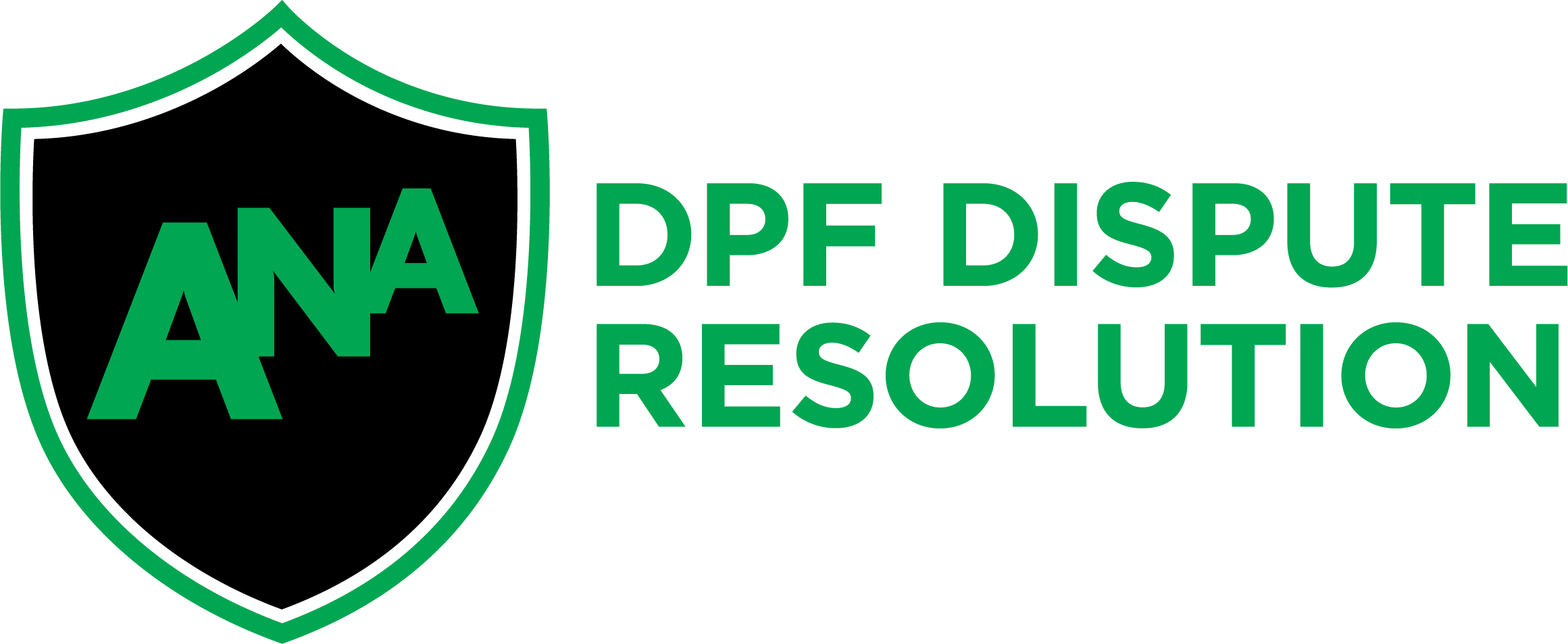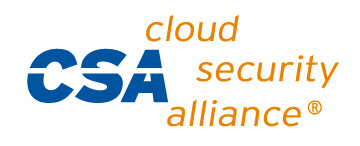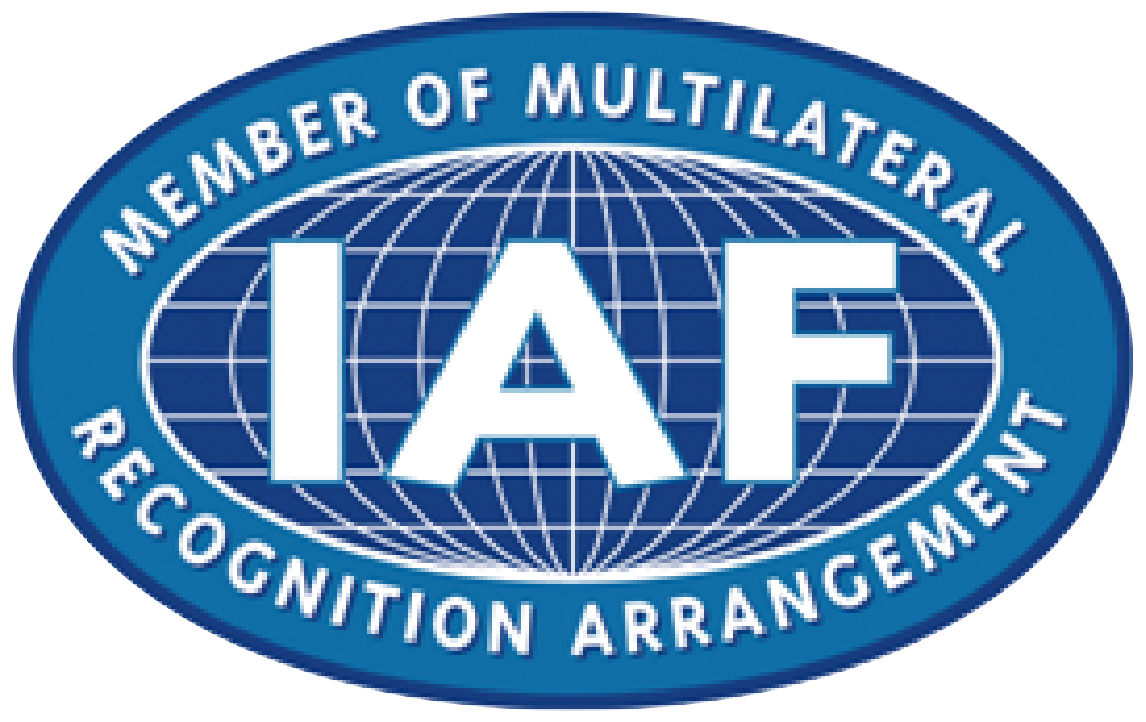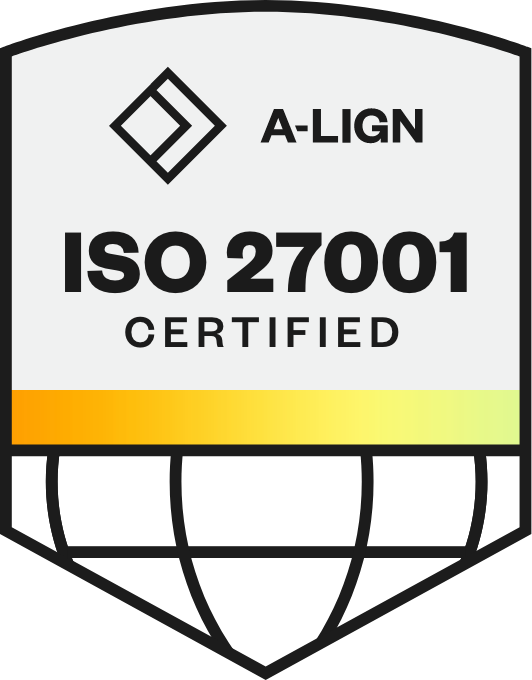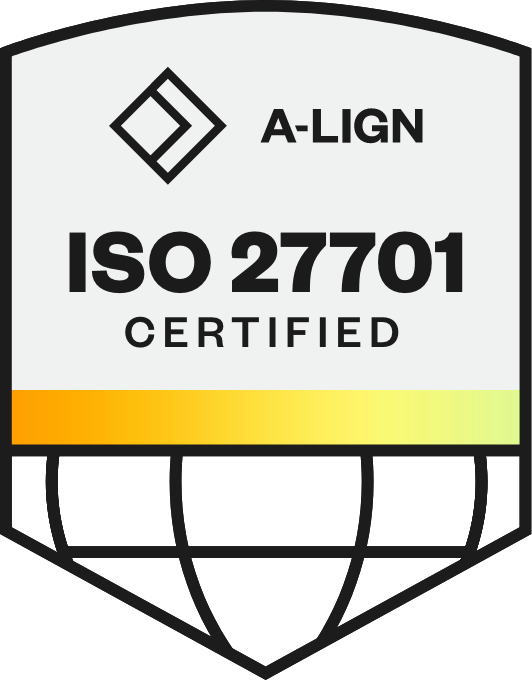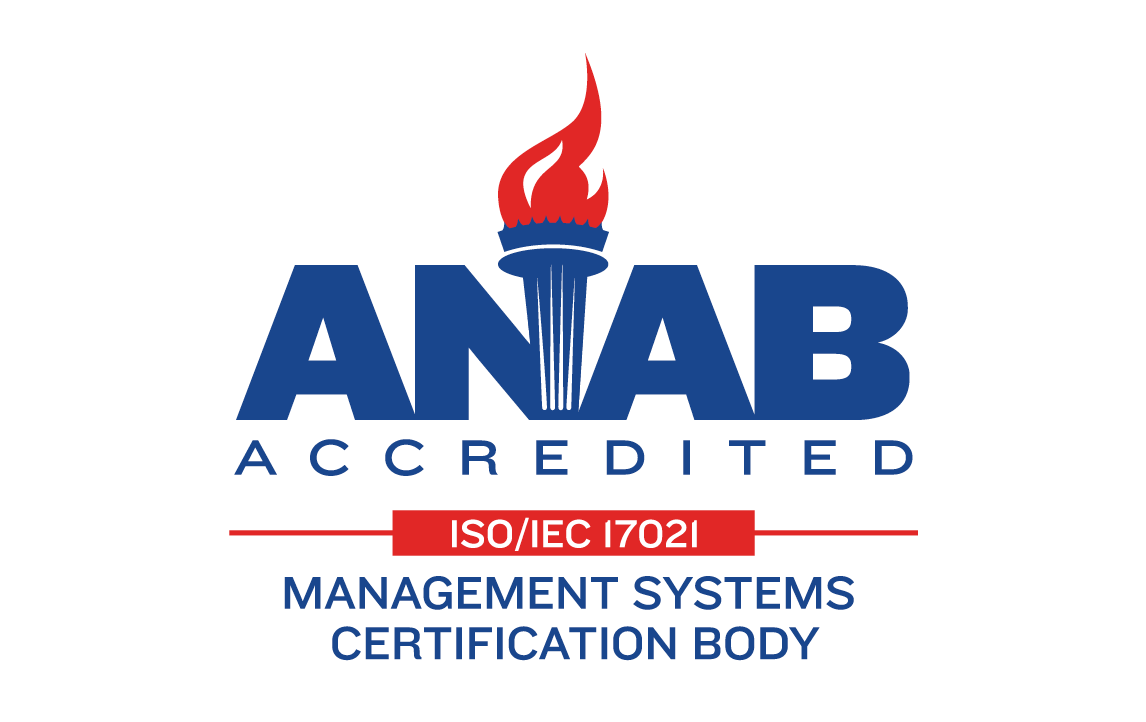
Career Site Best Practices: 7 Strategies to Improve Candidate Experience
Career sites have become critical evaluation tools for job candidates, with more than 54% of candidates researching every company before applying. These platforms aren't just digital job boards; they're strategic brand experiences that can influence an organization's ability to attract qualified talent.
Career site best practices have evolved significantly as candidates have become increasingly particular about where they work. Today, candidates expect seamless mobile experiences, authentic employee stories, and clear value propositions that speak directly to their career aspirations and path. Here, the career site serves as a crucial touchpoint where they evaluate all these before deciding to engage further.
To understand this comprehensively, this blog will walk you through proven strategies to develop your career site into an effective recruitment resource that engages visitors and strengthens your employer brand.
What Makes a Great Career Site?
Understanding the foundation of effective career sites helps identify areas for improvement and strategic alignment. Great career sites serve as comprehensive brand experiences that educate, engage, and convert potential candidates while supporting broader talent acquisition goals.
Essential components include mobile-first design, fast loading times, ADA compliance, and seamless ATS integration. These technical elements work together to create frictionless user experiences that encourage deeper engagement rather than immediate abandonment.
Strategic alignment connects your career site with employer branding initiatives, employee value proposition development, and diversity, equity, and inclusion goals. Career site content best practices emphasize this cohesive approach that transforms career pages from simple listing platforms into sophisticated storytelling and conversion tools that attract candidates who align with company values and mission.
Building on this foundation, specific implementation strategies can significantly improve candidate engagement and application rates.
7 Career Site Best Practices That Actually Work
These proven strategies address common candidate experience gaps while maximizing conversion opportunities. Below are seven key practices that target specific pain points preventing qualified candidates from completing applications:
1. Lead With a Clear, Bold EVP (Employer Value Proposition)
Position your employer value proposition prominently on the homepage and job listing areas, where visitors immediately understand what makes working at your company distinctive. Support EVP statements with concrete proof points like growth statistics, promotion rates, or examples of meaningful work impact rather than generic claims.
Use candidate-focused language that communicates employee benefits clearly. Instead of internal slogans, craft messages that speak directly to what candidates gain from joining your organization.
2. Feature Real Employee Stories (Not Just Testimonials)
Authentic employee narratives create emotional connections through specific examples of career progression, team achievements, or project ownership opportunities. Video interviews, rotating quote displays, or detailed written features with employee names, roles, and locations provide tangible evidence of growth potential.
Include diverse voices from various departments, experience levels, and backgrounds to help candidates envision themselves within your organization while showing a commitment to inclusive workplaces.
3. Design for Conversion, Especially on Mobile
Streamline job search to reduce application time to under five minutes, addressing the primary cause of candidate drop-off during the application process. Optimize every interaction for mobile devices through larger buttons, simplified forms, and intuitive navigation that works seamlessly with touch interfaces.
Implement persistent call-to-action elements like Apply Now, Join Our Team, or Join Talent Network on long-scroll pages, making it easy for candidates to take action when they're ready to engage.
4. Personalize Content for Different Candidate Segments
Create dedicated landing pages for specific audiences such as recent graduates, experienced professionals, or specialized roles. Each segment brings different priorities and expectations that require tailored messaging approaches.
Address segment-specific concerns directly — new graduates might prioritize learning opportunities while experienced professionals focus on leadership responsibilities. Pre-filter job listings based on audience relevance to improve user experience and reduce search friction.
5. Showcase DEI, Culture, and Career Growth
Highlight employee resource groups, mentorship programs, and internal mobility opportunities with specific examples and available metrics. Share relevant data like internal promotion percentages or employee satisfaction scores when possible to provide credible evidence of cultural commitments.
Utilize authentic event photography and employee-generated content rather than stock imagery to demonstrate the actual workplace environment and create stronger emotional connections with potential candidates.
6. Keep Content Fresh and Campaign-Driven
Regularly refresh homepage banners, featured job listings, and employee spotlights to maintain engagement with repeat visitors while improving search engine visibility. Align content updates with hiring cycles and business priorities to maximize relevance during high-recruitment periods.
Develop consistent update schedules for employee spotlights, blog posts, and cultural content to provide fresh reasons for candidates to return to your site.
7. Turn Browsers Into Subscribers With Conversion Paths
Capture passive interest through job alert subscriptions, talent network signups, and notification options near job listings, since not every visitor is ready to apply immediately. Email capture strategies allow relationship nurturing with potential candidates over time.
Track engagement patterns through CRM and ATS tools to identify warm prospects and optimize re-engagement campaigns, helping refine content strategy and improve conversion rates.
These practices work most effectively when supported by consistent content management that aligns with hiring objectives and business priorities.
How to Keep Content Fresh and Aligned With Hiring Goals
Dynamic content management transforms career sites from static information sources into responsive recruitment tools that adapt to changing business needs. Key strategies for maintaining relevance include regular updates, strategic timing, and keyword integration.
Update team pages quarterly to reflect organizational changes, refresh featured job listings monthly, and maintain active content calendars for employee spotlights and company blog posts. Sync major content updates with hiring forecasts and seasonal recruitment patterns to maximize impact during critical hiring periods.
Create campaign-specific content for hiring needs or urgent roles through banner messaging, dedicated landing pages, and targeted email campaigns. Career site content best practices include incorporating relevant keywords naturally within job descriptions and cultural content to improve search visibility while serving candidate needs.
Related: Ultimate Guide to Recruitment Campaigns: Strategies for Modern HR Success
Common Career Site Mistakes to Avoid
Several roadblocks and mistakes can significantly impact candidate perception and site performance, often stemming from resource constraints rather than intentional oversight. Addressing these common areas often raises specific questions about implementation timelines and strategic priorities. Some of the common career site mistakes include:
Outdated content and visuals — Expired program announcements, last year's team photos, or stale blog posts create negative first impressions that suggest organizational neglect
Stock photography over personalized creative — Generic visuals feel impersonal compared to real team photos and workplace moments that demonstrate actual company culture
Confusing application processes — Multi-step forms with unclear requirements or broken links create unnecessary barriers between interested candidates and open positions
Poor mobile responsiveness — Sites that don't function properly on smartphones exclude the majority of modern job seekers who primarily search on mobile devices
Missing essential information — Lack of transparency about benefits, growth opportunities, or diversity commitments leaves candidates without a clear understanding of your employee value proposition
Inconsistent messaging — Misaligned content between the career site and other brand touchpoints creates confusion about company values and culture
FAQs About Career Site Best Practices
Several key questions frequently arise when organizations evaluate their career site strategy and implementation approaches. Below are common questions that arise when organizations evaluate their career site strategy and implementation approaches:
How often should you update a career site?
Major content refreshes work best quarterly, with monthly updates to featured jobs and employee spotlights. Homepage banners and urgent hiring needs may require weekly adjustments during active recruitment periods.
What content matters most to job seekers today?
Compensation transparency, career development opportunities, and authentic workplace culture insights rank highest in candidate surveys, along with remote work policies, DEI initiatives, and specific benefit details.
Is it worth investing in a separate domain for careers?
Subdirectory structures typically perform better for SEO while maintaining brand consistency, though separate domains can work for large organizations with distinct employer brands.
Should you optimize career sites for SEO?
Job seekers frequently use search engines to discover opportunities and research employers, making optimization for relevant keywords and job-related queries valuable for expanding candidate reach beyond direct traffic.
Make Your Career Site Work Like a Top Recruiter
Career sites function most effectively as consistent, scalable recruitment tools that adapt content and candidate journeys based on evolving hiring priorities. Regular updates to employee stories, job promotions, and conversion pathways create sustainable talent pipeline value that grows over time.
Well-executed career sites deliver both immediate and long-term benefits. They attract qualified candidates by providing the transparency and information candidates seek while building enhanced employer brand recognition and improved search engine visibility. Organizations that invest in comprehensive career site experiences create competitive advantages in talent experience and management.
The most effective career sites become self-reinforcing systems where quality content attracts quality candidates, positive experiences generate referrals and employer brand advocacy, and continuous optimization drives measurable improvements in both application rates and candidate quality. A strategic approach to career site development transforms these platforms into powerful recruitment assets that support ongoing hiring success.
Ready to benchmark your career site against industry standards? Download the State of Candidate Experience: 2025 Benchmarks Report to see how leading companies optimize their candidate experiences and stay ahead of evolving expectations.
Devi is a content marketing writer who is passionate about crafting content that informs and engages. Outside of work, you'll find her watching films or listening to NFAK.
Get the latest talent experience insights delivered to your inbox.
Sign up to the Phenom email list for weekly updates!



